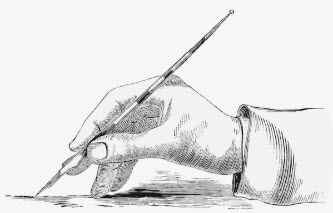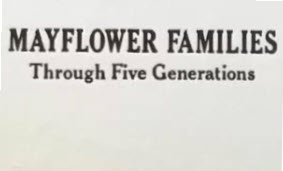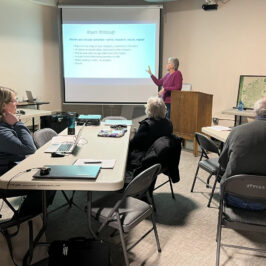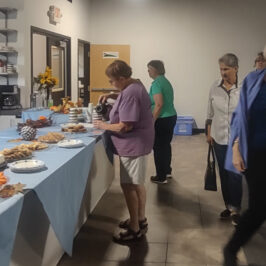People of French-Canadian descent can typically trace their ancestry back to the 17th century, which for Baby Boomers is usually between ten to twelve generations. Ten generations yield 1,024 direct ancestors. Twelve generations have 4,096. These individuals in our family trees do not include siblings, cousins, aunts, or uncles.
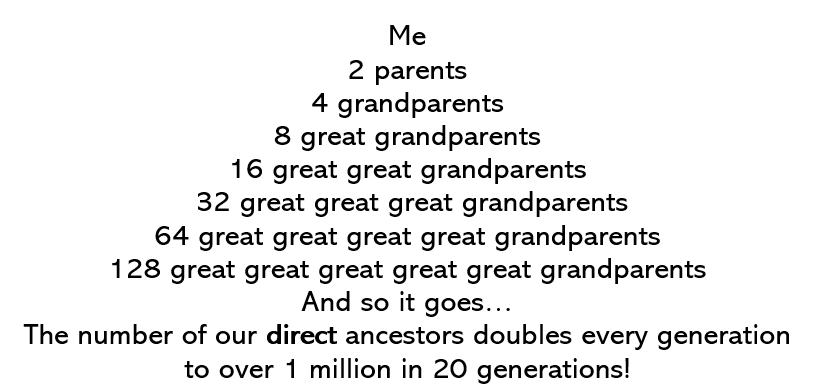
The above graphic suggests that in these eight generations, if we knew the last name (also known as the surname) for each of these individuals, there would be 128 unique surnames.
In tight-knit, local, French-Canadian communiities the population was often small. Several siblings from one family often married siblings from a neighboring farm. It is not unusual to see a number of surnames repeated in our family trees. But how can we organize the surnames of our direct ancestors in a way that is helpful to our family tree and DNA research?
Recently I came across a YouTube video by Family History Fanatics called “Surname Table: A BETTER Way to Keep Track of 62+ Family Names : Genealogy Tips”.
The video descriptions says “A surname table is a quick reference guide to the 62+ ancestral names on your pedigree chart and family tree to your 4th great-grandparents. Do you know every last name? This video is an improved way to create your surname table to assist in both your genealogical and DNA research.“
Following the instructions in the video, and using the pedigree charts I have created over the years, I compiled a surname table for my family through my 4x great-grandparents:
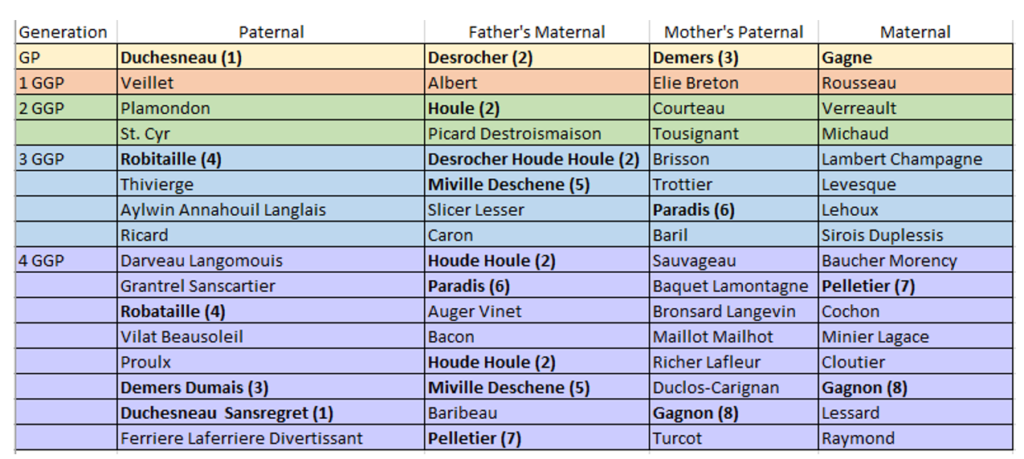
You can see that I highlighted the surnames that appear more than once by making them bold.
Then, starting at the upper right and working toward the left and downward, I numbered each of the bold surnames and its duplicates. I learned this tip in a second video by Family History Fanatics, “Surname Table Modifications” which can also be found on YouTube.
“Surname Table Modifications” video on YouTube
What did I learn? My family has eight surnames that appear more than once in these five generations. Seven of the names appear twice. One name, Desrocher in its various combinations of Desrocher, Houde, and Houle, appears five times – all in my father’s maternal line. Of the possible 64 surnames, my family has just 53 that are unique. This is not surprising in French-Canadian families.
Typically autosomal DNA tests like those done at AncestryDNA, MyHeritage DNA, 23andMe and FamilyTreeDNA can provide reliable matches (other people who share our DNA) for about 4-6 generations back in our family trees. When I am in touch with a new DNA match, this chart will come in handy if they can identify surnames back as far as I have. The surname table will serve as a quick reference guide to help us identify in which family line(s) a particular surname can be found. It will then quickly direct us to the part of our family trees where we should start looking for common ancestors.
You may want to stop reading here. Watch the 2nd video, create your own table and then come back to this point in this article. Warning – complexity ahead!
After completing the above table, I wondered what adding in one more generation would look like. Out of a possible 128 surnames, how many do I have in my family? What could I learn from a 128 Surname Table? The completixity on this new table was amplified significantly and doubled in size from the first one. It took a while for me to figure out the order of the names. Thanks to the flexibility of spreadsheet software I was eventually able to produce the following table:
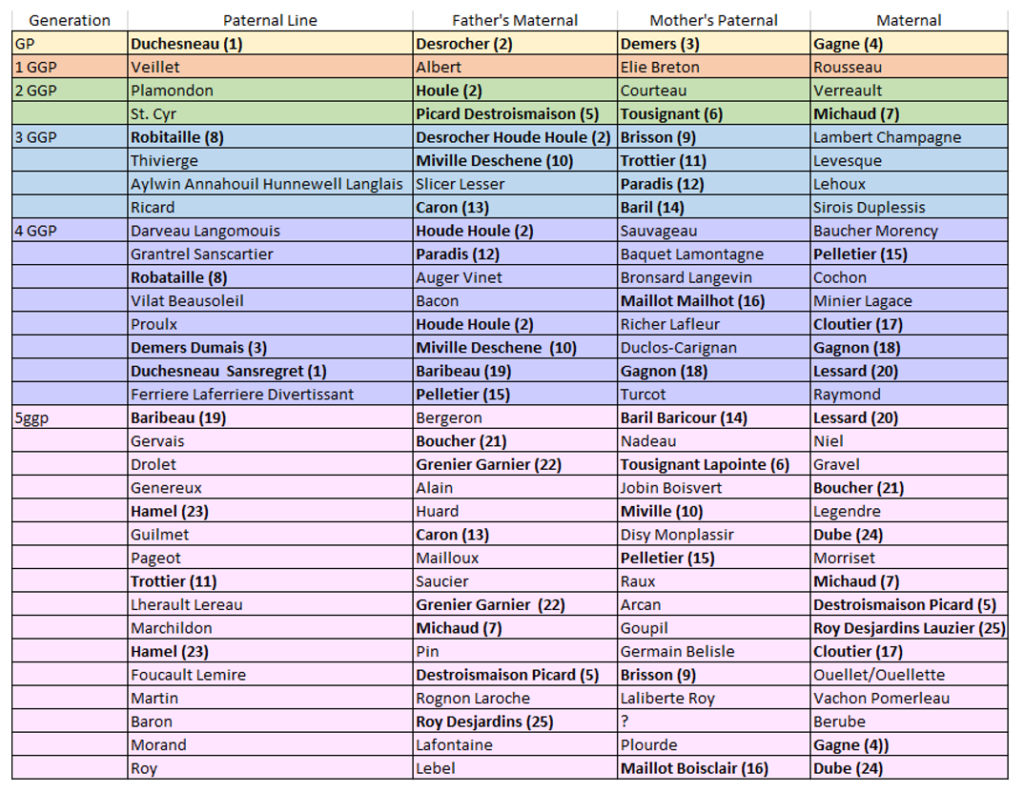
Again, I made the names that appeared more than once bold. Then I numbered them using the same method as on the previous chart.
The results of my analysis:
- this table shows only 95 unique surnames of the possible 128 in these six generations of my family tree
- 25 surnames appear multiple times in 47 occurrences
- Only 1 surname is missing among 128 direct ancestors. It is toward the bottom of the Demers line. (I think she will always be a mystery – but that is another story.)
- 20 surnames appear twice, 4 names appear three times, and 1 appears five times
- in the Duchesneau (paternal) line, 3 surnames appear twice each – Duchesneau, Hamel, Robitaille
- in the Desrocher (father’s maternal) line 4 surnames occur twice – Caron, Destroismaison Picard, Grenier Garnier and Miville Deschene and 1 appears five times – Desrocher/Houde/Houle
- in the Demers (mother’s paternal) line, 3 surnames occur twice each – Baril, Brisson, Maillot
- in the Gagne (maternal) line, 5 surnames appear twice – Cloutier, Dube, Gagne, Lessard and Michaud
When the same surname appears in several of my grandparents’ lines:
- only 1 name is found in both paternal lines – Baribeau
- 2 names occur in both maternal lines – Gagnon and Pelletier
- 9 names show up in both maternal and paternal lines – Demers, Trottier, Miville, Paradis, Boucher, Desjardins/Roy Desjardins, Destroismaison Picard, Michaud and Pelletier
And what did I learn from this one? It’s no wonder that DNA matches with others of French-Canadian descent is so convoluted. We often share multiple ancestors. This illustrates why the DNA from one line can be nearly impossible to parse out from another line when we have so many shared blood lines.
If you create your own Surname Table, I’d be interested to know what you learn from that project. Please post your comments below.
13 Jul 2020



